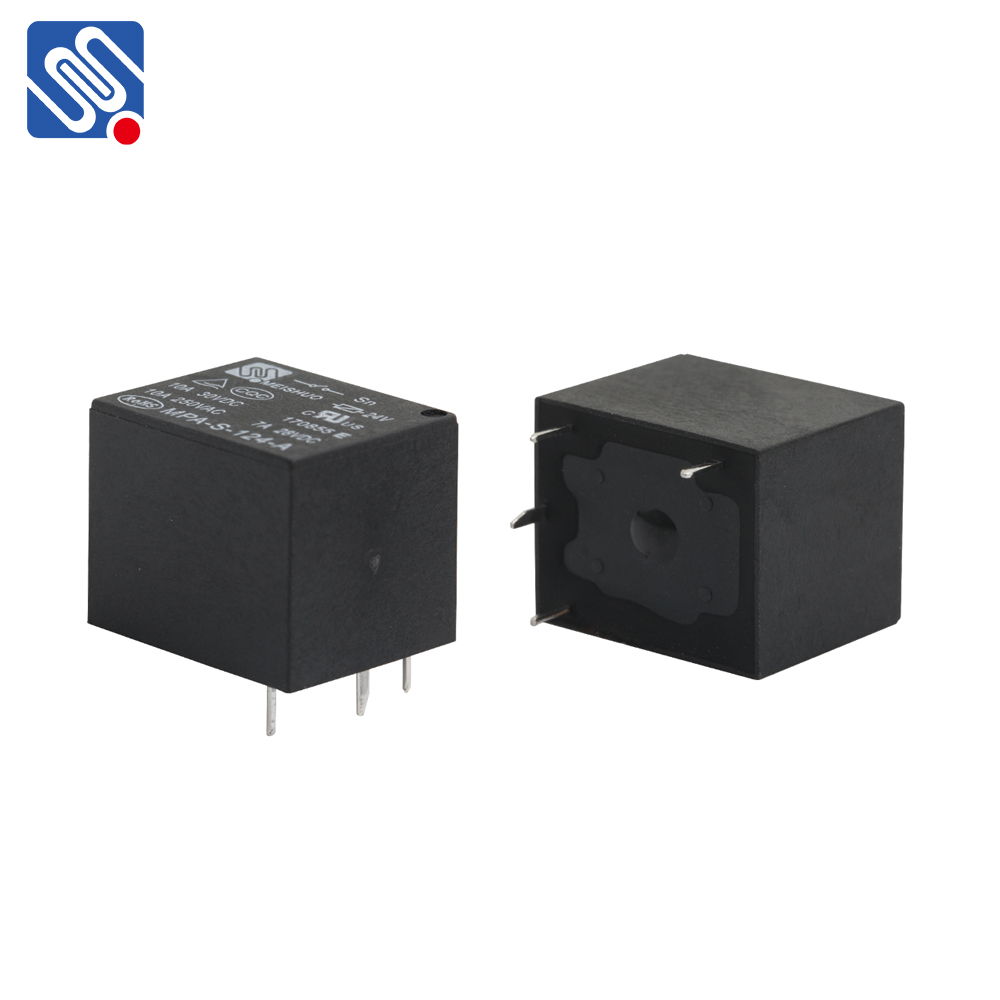Relay circuits are fundamental in the world of electrical and electronic engineering. Used extensively for controlling high-power devices with low-power signals, relays serve as critical components in a wide variety of applications, from home automation systems to industrial machinery. Understanding the principles behind relay circuit design can help engineers create efficient, reliable, and safe systems for their projects. In this article, we will explore the essential aspects of relay circuit design, focusing on key factors to consider and the steps involved in creating an effective relay-based system.

What is a Relay? A relay is an electrically operated switch that opens or closes a circuit under the control of a separate low-power electrical signal. It consists of a coil that, when energized, creates a magnetic field to operate mechanical contacts. These contacts either close (normally open) or open (normally closed), allowing control of high-voltage or high-current circuits with a low-power input. The versatility and simplicity of relays make them invaluable in both digital and analog control systems. Key Considerations for Relay Circuit Design Voltage and Current Ratings
When designing a relay circuit, the first consideration is selecting a relay with the correct voltage and current ratings for the application. The relay must be able to handle the voltage and current of the load being controlled. For example, in a motor control application, the relay must be rated to handle the motor’s starting and running current without damage. Typically, the control circuit voltage will be different from the load voltage, so a relay with a suitable coil voltage is necessary to trigger the relay correctly.
Leave a Reply